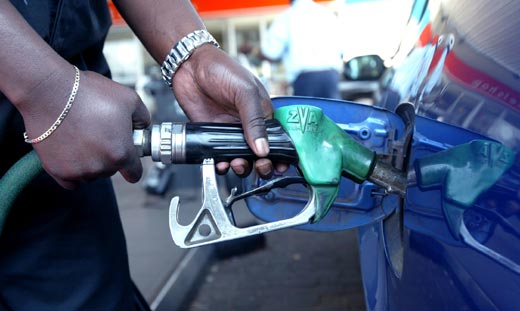Cement company comes up with work plan
KHAYAH CEMENT LIMITED, formerly Lafarge Cement, faced with material uncertainty regarding its ability to continue as a going concern, has come up with an elaborate work plan to ensure it continues to operate as a going concern.
The cement firm changed its name from Lafarge Cement Zimbabwe Limited to Khayah Cement Limited with effect from May last year.
According to the firm’s unaudited preliminary financial results for the six months ended June 30, as of the reporting date, its current liabilities exceeded current assets by $45,858,122 (December 2022: $14,094,077).
The company also reported a net comprehensive loss for the period of $265,239,239 (June 2022: net comprehensive income of $48,782,297) and accumulated loss of $297,255,627 (December 2022: $30,883,695).
It noted that its operations have been affected and may continue to be affected for the foreseeable future by the related party hard currency loan payable balance and the resulting exchange losses.
In the period under review, the cement firm did not obtain any new borrowings.
However, it inherited from the Holcim Group an unsecured related party loan amounting to US$49 million ($268 billion) with an interest rate of five percent per annum plus six months Secured Overnight Financing Rate (SOFR).
“The loan payable balance as at 30 June 2023 amounts to $268,266,425 (US$49 million) (2022: $12,576,345) (US$33,3 million) while the exchange losses amount to $372,639,921 (2022: $33,325,364).
“In addition, the entity has not been generating sufficient cash flows to meet the repayment of these loans when they fall due and to sustain operations,” reads part of the report.
In addition, it said the cash flow pressures are expected to continue in the foreseeable future.
“These factors indicate the existence of a material uncertainty on the company’s ability to continue as a going concern and that it may be unable to realise its assets and discharge its liabilities in the normal course of business.”
To restore positive results and cash generation, the directors and management have since formulated several measures to ensure it continues to operate as a going concern.
Khayah Cement says the commissioning of the new Vertical Cement Mill will double production capacity with the capability to increase production of high strength cement.
President Mnangagwa in July last year commissioned a new Vertical Mill Plant at Khayah Cement’s Phase Two of the company’s expansion project.
This development is expected to increase the firm’s production output and boost the cement industry and other downstream sectors as the Second Republic continues to register more milestones in attaining Vision 2030
The new plant will also result in low production costs thereby making cement and other related products affordable as Government’s economic blueprint National Development Strategy 1 continues to bear fruit.
The firm added that the terms of the shareholder loan were restructured to give it a moratorium of twelve months on principal repayments ending in December 2023. Therefore, the entity has the capacity to settle third-party liabilities as and when they become due.
“Subsequent to the change in shareholding structure, the major shareholder availed a facility of US$5 million to be used to meet immediate working capital and capex requirements.
“Pursuing strategies aimed at containing costs as well as maximising operational efficiencies. The directors therefore believe that the preparation of the financial statements on a going concern basis is still appropriate. This basis assumes that the realisation of assets and settlement of liabilities will occur in the ordinary course of business,” it said.
Meanwhile, the cement firm supports efforts by Government and regulatory agencies to stabilise the macro-economic environment and maintain the viability of the cement industry.
“We maintain a positive view of the outlook in the medium to long-term, with sustainable growth expected to be anchored on growth in agriculture, the individual household sector and Government-funded infrastructure projects. The medium to long-term outlook remains positive.”-chronicle









